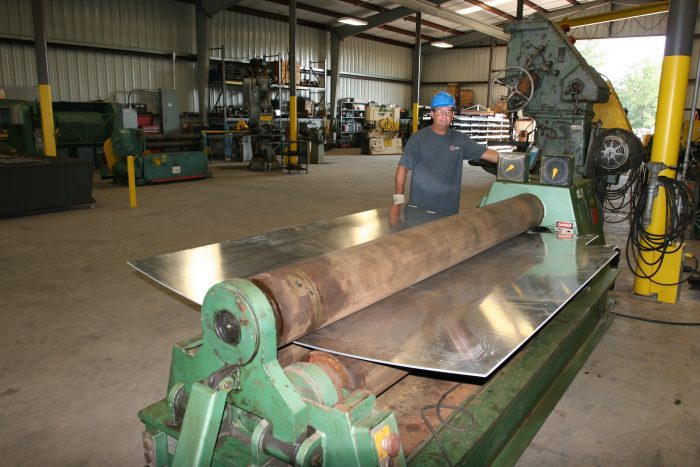Ladder Safety

Ladders are used often in the industrial workplace and at home. Though they are convenient tools, ladders can be dangerous if not used correctly and with caution. Falls from ladders are one of the major causes of injuries, and even death, in the workplace.
The following are basic guidelines to keep in mind to remain safe while working on a ladder:
Select the proper ladder for the job.
Always utilizing the Three Points-of-Contact rule. At all times during ascent or descent, the climber must face the ladder and have two hands and one foot, or two feet and one hand, in contact with the ladder cleats and/or side rails.
Never sliding down a ladder.
Using both hands when climbing. Materials or tools must not be carried in the hands. A rope can be used to raise or lower objects.
Keeping hands and shoes clean and free of slippery substances. Shoes with well-defined heels should be worn.
Wearing a safety harness and using a lanyard when working from a ladder of six (6) feet or greater in height.
Not climbing higher than the top on portable ladders, unless it is being used to gain access to an upper landing.
Ladders must be secured and/or barricaded when necessary to place them in passageways, doorways or where workplace activities or traffic exists.
Not using makeshift ladders.
Allowing only one person on a ladder at any one time.
Ladders must not be tied or fastened together to create longer sections.
Ladders must be maintained free of oil, grease, and other slipping hazards.
Wood ladders must not be coated with any opaque covering, except for identification or warning labels, which may be placed only on one face of a side rail.
Each ladder must be used for the purpose for which it was designed. Ladders must not be used as braces, skids, runways, scaffolds, etc.
Defective ladders must not be used and should be tagged “DO NOT USE”.
Defective ladders should be repaired or destroyed.
All portable ladders must be properly stored when not in use. Storage should be where there is good ventilation and ladders are not exposed to the weather or other adverse conditions. Wood ladders should be coated with a clear protective material at frequent intervals.
Whenever there is potential for shock, ladders made of non-conducting metal such as fiberglass or wood must be used.




